
As Meta’s upcoming virtual reality headset, the Meta Quest 3, is set to hit store shelves in just a few days, a report by famed tech analyst, Ming-Chi Kuo, outlines how Zuckerberg and Co. have cut the production of the headset by several millions. Kuo’s report states how “weak demand” by the public is what led to the decision to cut the number of units produced. Whereas the company’s initial target was to hit seven million units produced, that number has now, according to Kuo, been cut to a mere two and a half million.
This situation isn’t all that dissimilar to that of Sony and their PlayStation VR2. The company had initially planned to ship out two million units globally, but that number was soon nixed by half a million. Though there was quite a bit of marketing steam behind Sony’s second VR headset, it’s been a fairly quiet few months as far as software releases on the platform are concerned.
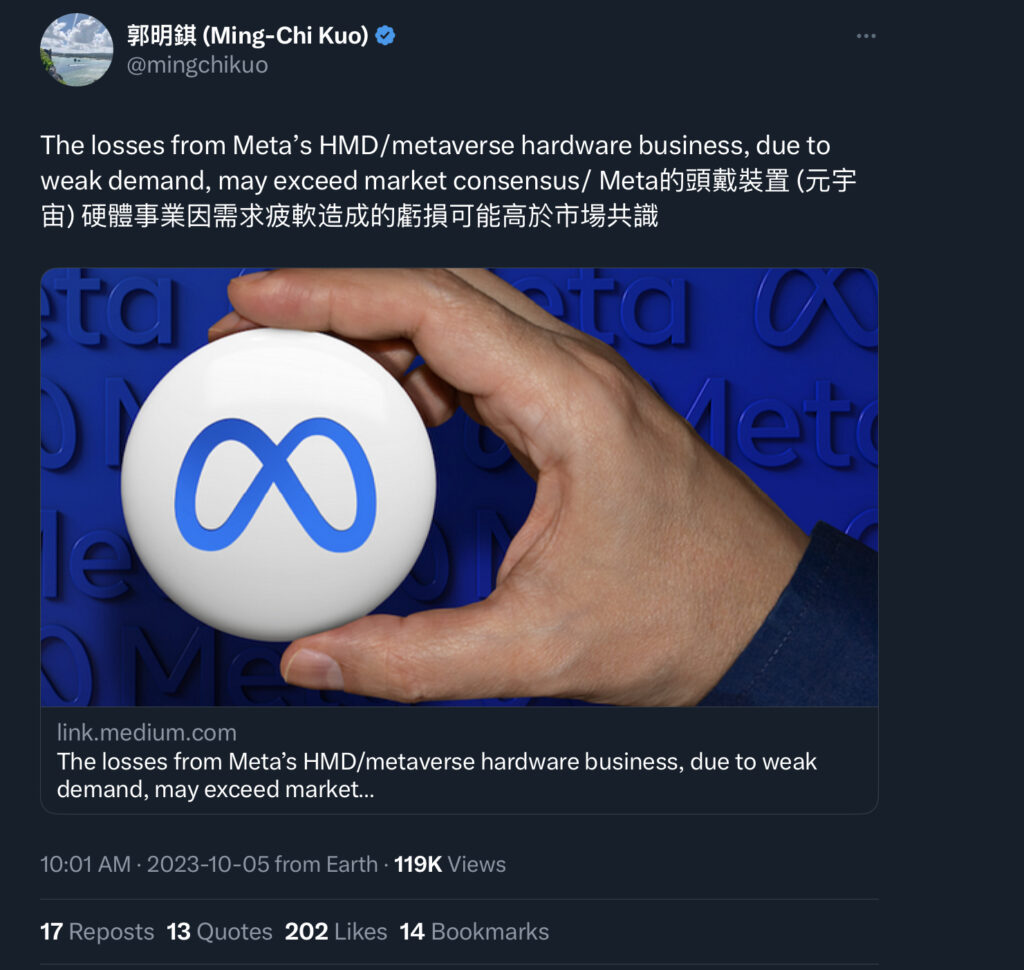
These underwhelming numbers beg the question — why hasn’t the public taken to VR? Virtual reality headsets have been something that’s been around for decades. We’ve seen variations of them depicted in science fiction films and television shows dating back to the 60s, and had products like Nintendo’s infamous Virtual Boy even make it to market in the mid 90s. Yet, for one reason or another, it’s a product that’s never seemed to break into the mainstream; finding success only amongst a niche group of techies.
At first, I thought it was the clunky and inaccessible user experience that kept customers at bay. When the Oculus Rift and HTC Vive released, I remember being incredibly excited to try them out, but became instantly turned off by the set-up process with all of their cameras and cables. Mind you, I say this as a self-proclaimed “techie” and “gamer,” so if I couldn’t be bothered with all the finagling needed to set up a VR headset, then I knew the average consumer definitely couldn’t. However, this is where I thought the Meta Quest and its successors would change that.

Being a headset that doesn’t require an external PC or game console to function, I thought this was the device that would finally break VR into the mainstream. And to an extent, it did. If some leaks are to be believed, Meta Quest devices have thus far have sold over twenty million units globally. That’s definitely not the numbers of a niche product. However, a closer look will tell you that less than ten percent of Quest users are active monthly. So people may be buying these devices, but aren’t using them on a regular basis.
This is a consistent sentiment that I have found while listening to and reading the experiences of VR device owners around the web. They bought the device for maybe one particular reason or another, i.e to play a particular game or to use it for exercise, but after the initial “wow” factor subsides, they slowly but surely find themselves using their headset less and less. Maybe it’s still a product that feels “unnatural” to use repeatedly and for longer periods of time. Whereas game consoles and smart phones have become so second nature to us, VR still lacks that ease of use. It’s become easier, sure, but it’s not like putting on a pair of glasses.
This is where I believe Apple may look to change things, though not with their Vision Pro. The Vision Pro has the same concerns in regards to form and accessibility, but with an obscene price tag to boot. It’s what they supposedly have lined up for the years following that has me cautiously optimistic — a sleek pair of AR glasses that aesthetically look no different than a regular pair of prescription glasses. If this is something that actually makes to market, looks the way leaks suggest, and works seamlessly, then it may just open the VR/AR market altogether.

This, then, would inevitably make for a flurry of sleek headsets from competitors like Samsung, Google, and others to push the boundaries of accessible AR/VR headsets. And with it, hopefully great software experiences, too. Though for right now, it seems we’ve come to yet another standstill as far as our current generation of VR headsets go. A shame, because the Quest 3 does genuinely look like a good product, just not something the majority of the public seem to be excited about.

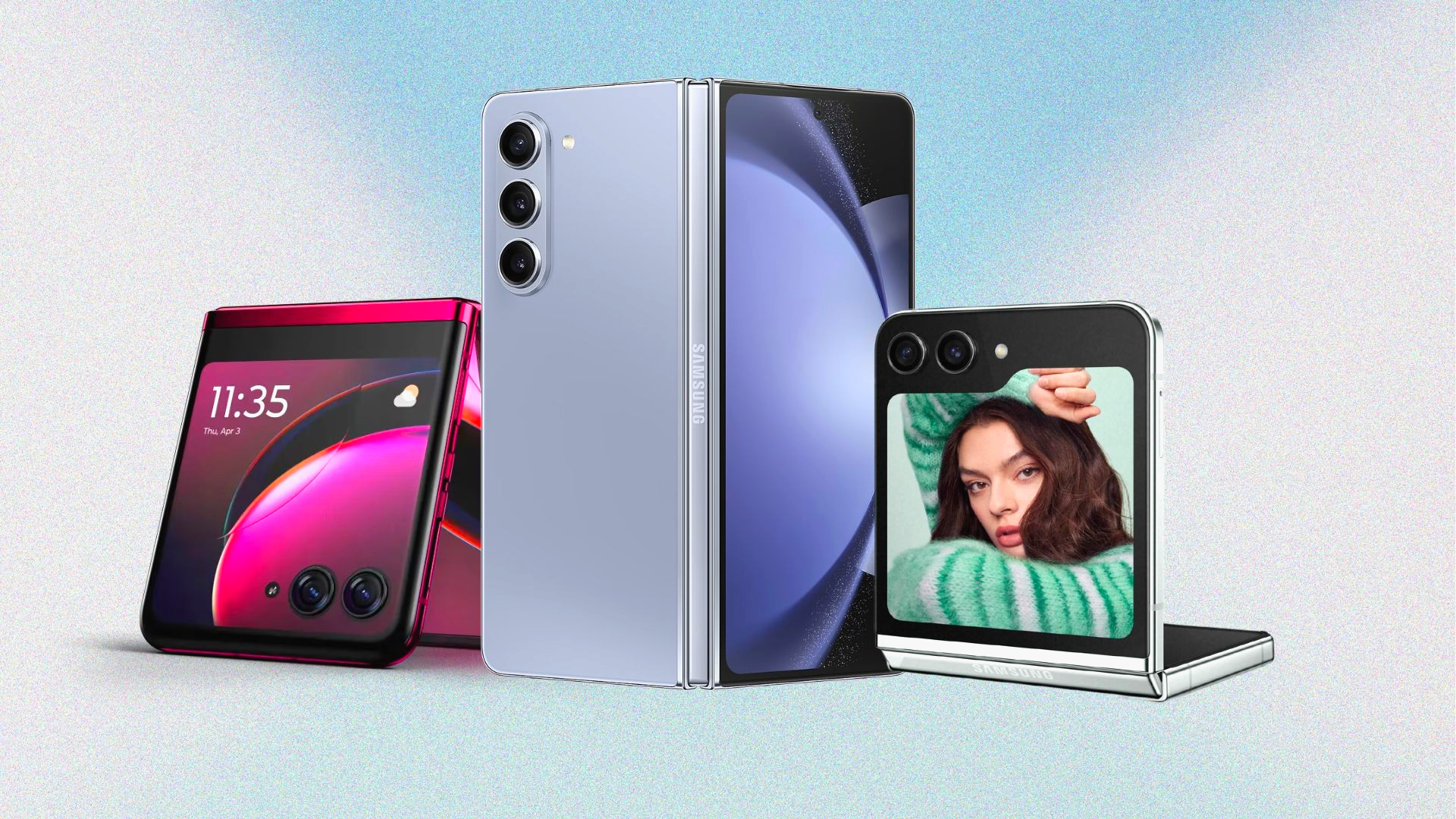

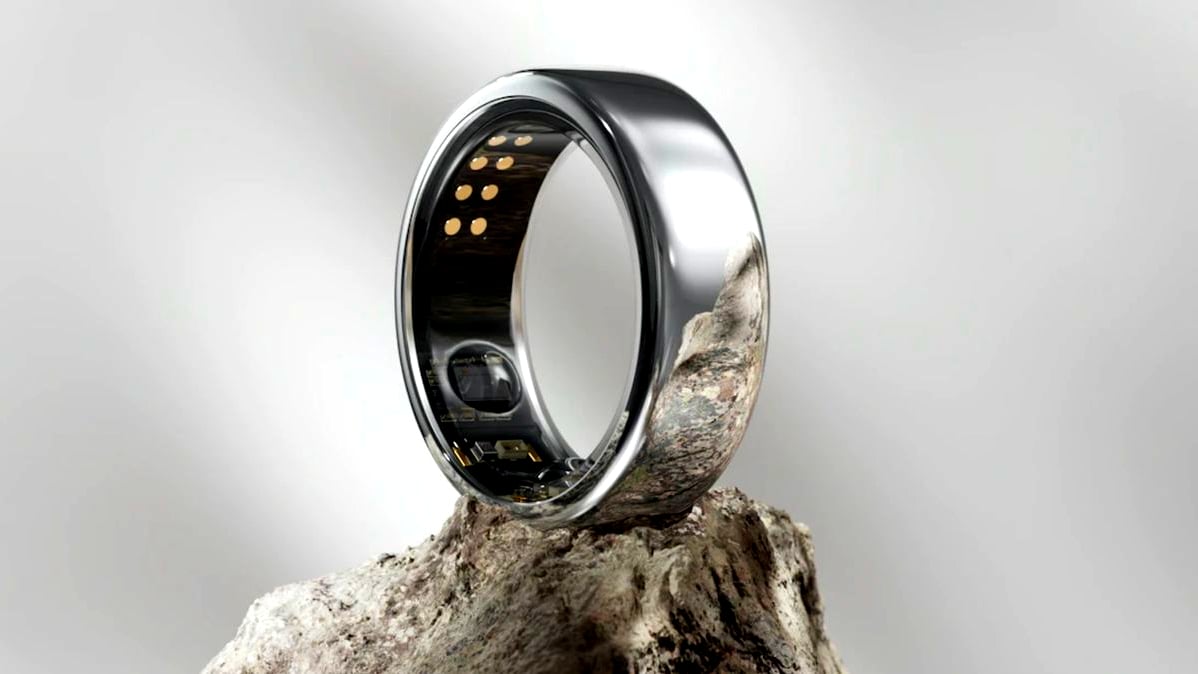
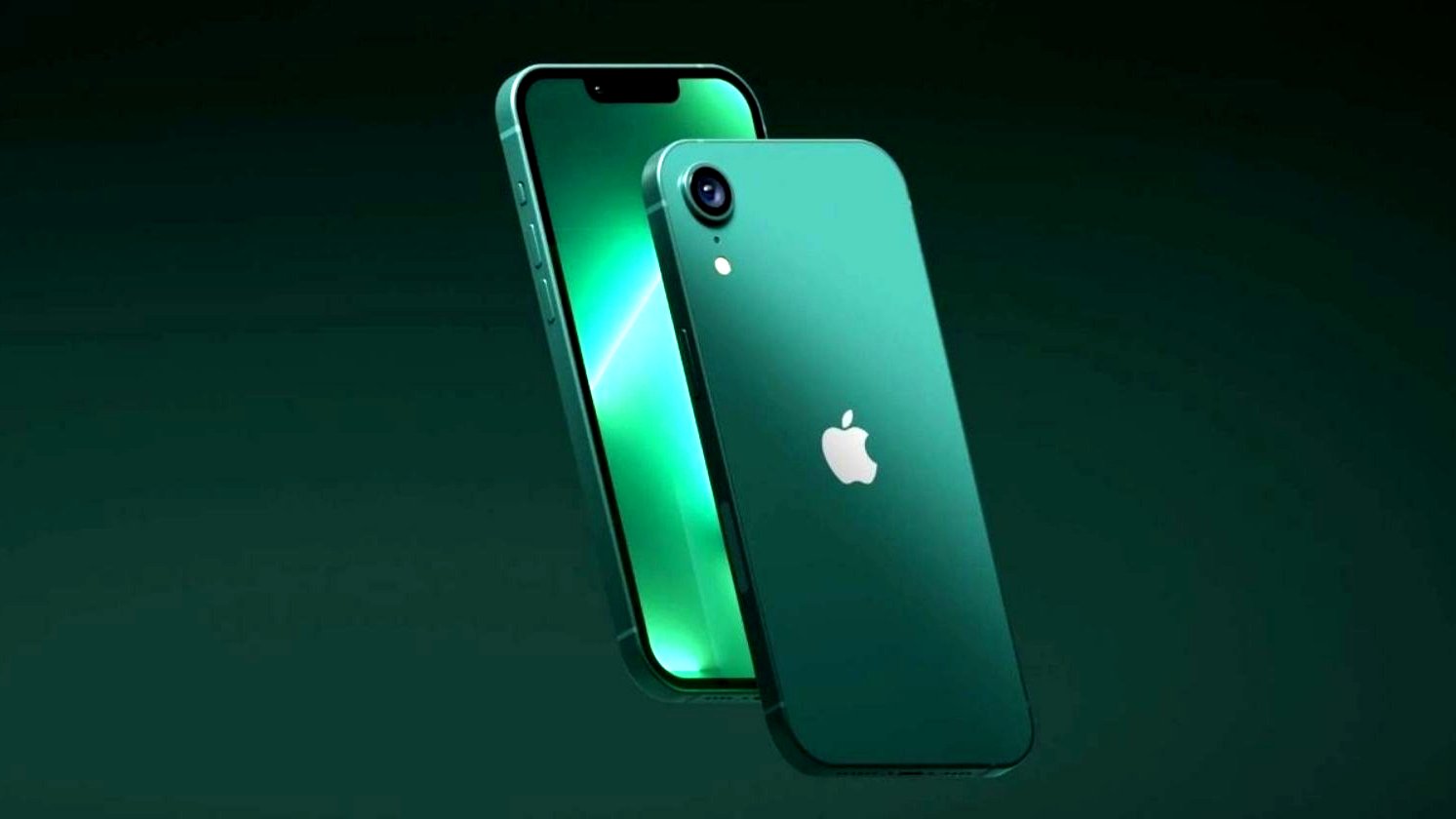

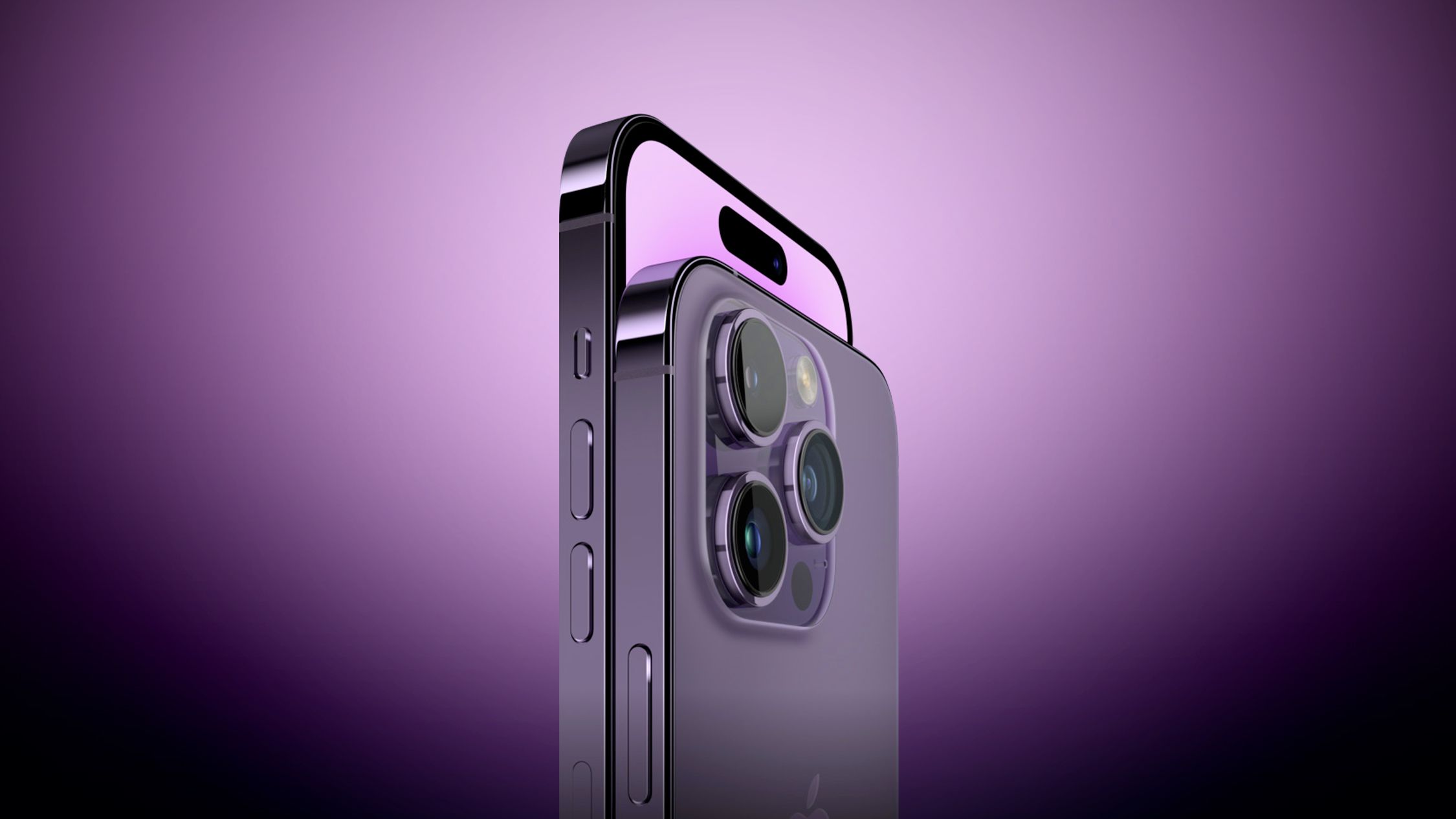
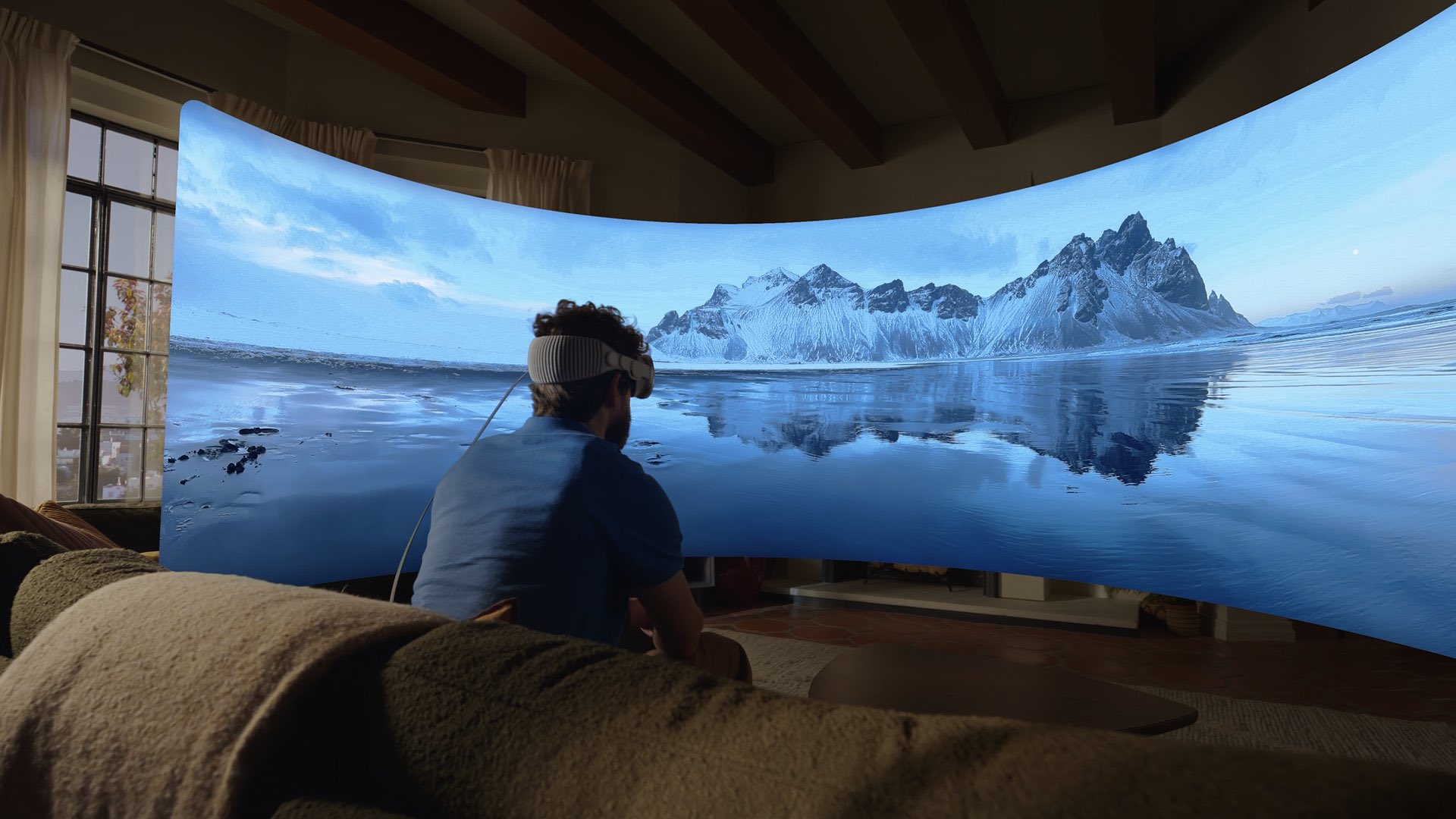
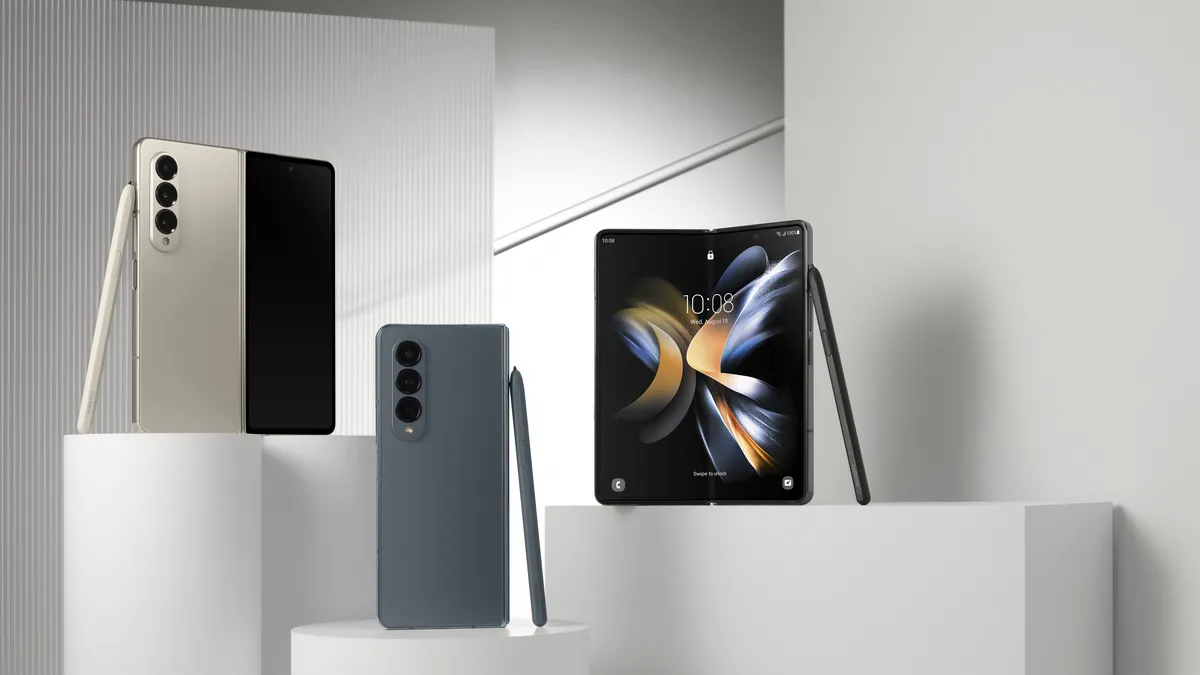
No Comments yet!